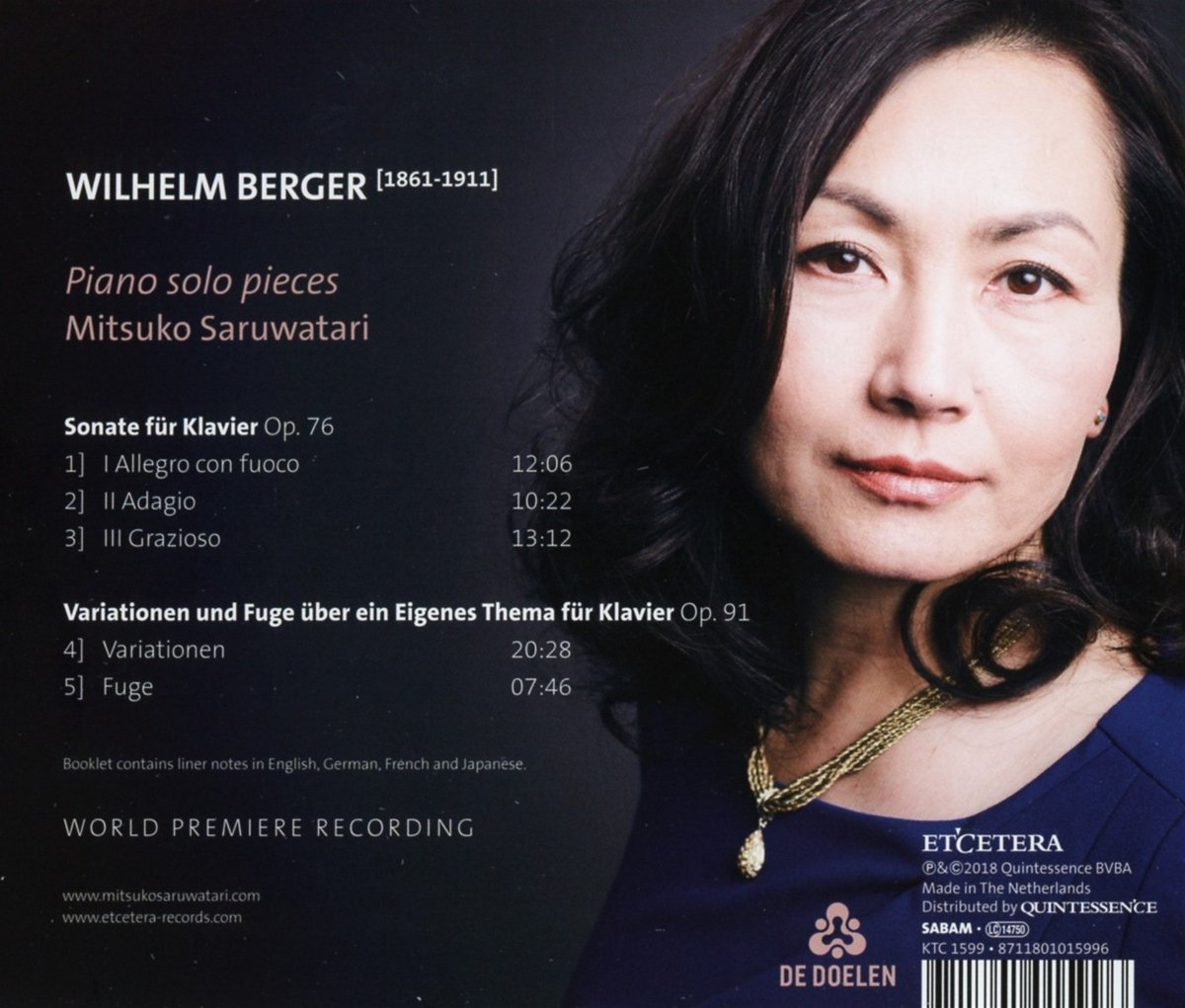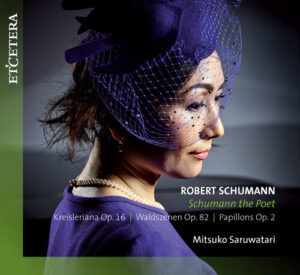1. Sonate für Klavier, Op. 76: I. Allegro con fuoco
Composer: Wilhelm Berger
Artist(s): Mitsuko Saruwatari
2. Sonate für Klavier, Op. 76: II. Adagio
Composer: Wilhelm Berger
Artist(s): Mitsuko Saruwatari
3. Sonate für Klavier, Op. 76: III. Grazioso
Composer: Wilhelm Berger
Artist(s): Mitsuko Saruwatari
4. Variationen und Fuge über ein Eigenes Thema für Klavier, Op. 91: Variationen
Composer: Wilhelm Berger
Artist(s): Mitsuko Saruwatari
5. Variationen und Fuge über ein Eigenes Thema für Klavier, Op. 91: Fuge
Composer: Wilhelm Berger
Artist(s): Mitsuko Saruwatari







Reviews
There are no reviews yet.